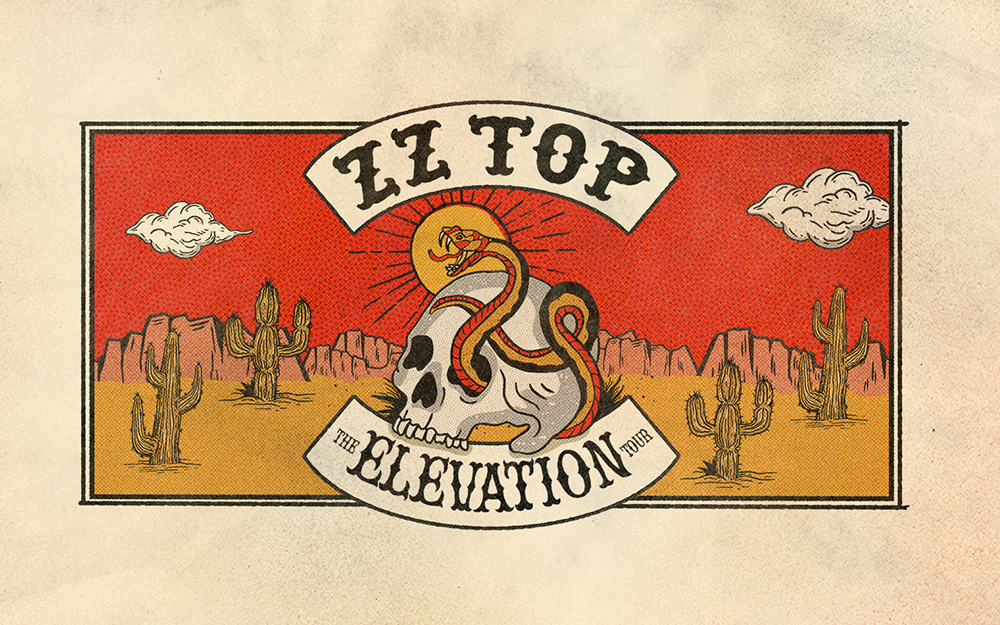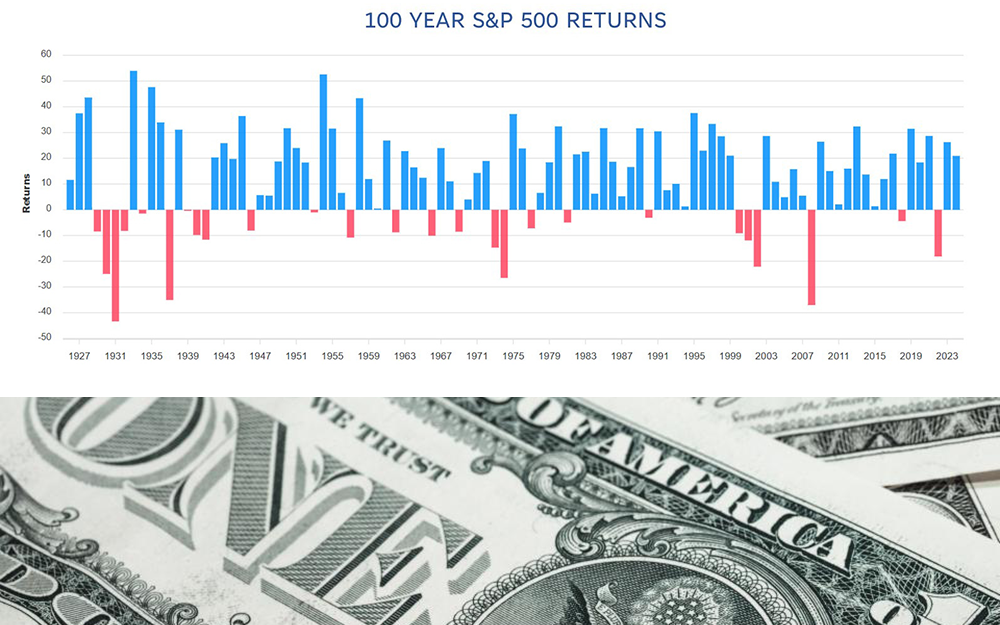
By Haddon Libby
As of the last week of March, fixed income markets expected the Fed Funds rate to increase from its current 0.25% – 0.50% range to the 2.0% – 2.25% by year-end. By year-end 2023, rates are expected to increase another 1.0% – 2.0%. All told, this suggests that the Fed believes that it will need to increase the Fed Funds rate to 4% (+/- 0.25%) in order to stem inflation.
Will these rate increases be enough?
I don’t think so.
With an official inflation rate of 8% that grows to 15% when you add food, fuel and housing, rate increases do not address the fact that negative real rates (10 year Treasury minus the inflation rate) have grown. Inflation fuels more inflation.
The newly hawkish Fed is trying to beat down inflation while keeping the economy from slipping into recession. The curious part of the Fed’s actions was the continued buying of government debt through mid-March. The Fed also remains a cheap borrowing source to Wall Street with nearly $2 trillion in reverse repos outstanding. Reverse repos are where you sell a security for cash with the promise of buying it back the next day.
Over the last two years, the Fed has built its balance sheet to $8.9 trillion. Until the Fed begins to contract liquidity in the monetary system, quarter or half point rate increases are nothing more than window dressing.
What I have done for our investment management clients over the last two months is sell bond funds and buy individual bonds. By doing that, we lock in a set return for the term of the bond. So long as the investor holds the bond to maturity, no principal value is lost by interest rate increases. As a reminder, when rates go down, existing bonds go up in value as the bond price adjusts so that its return is in line with similar bonds. Conversely, when rates go up, existing bonds go down in value.
To show you the difference between holding a bond to maturity and a bond fund, a AA-rated corporate bond group pays between 1.6% and 3.2% to new buyers. Existing holders have lost 8% of the value of these bonds in 2022 and nearly 5% over the last year. If you held the individual bonds, you were not impacted a negatively as the bond fund holder.
BBB-rated bonds pay between 2.1% and 4.0% and are down 8.0% in value in 2022. High Yield pays between 3.8% and 6.1% with a decline of 5% over the last year.
Given that these bond classes have lost so much value with such small rate increases, bond fund holders can expect additional losses as rates move higher at a faster rate.
Add to this a flat yield curve and investors are not rewarded for taking bond risk over 5 years. The interest paid (aka yield) between a 10 or 30 year bond is about the same as a 2 or 3 year bond. An investor would buy the longer dated bonds if they thought rates were going down and inflation was going away.
Based on all of this, we currently build mixes of bonds with shorter maturities so that we can move returns higher as bonds matures and we buy new, higher yielding bonds to replace them.
Those of us at Winslow Drake have extensive experience in fixed income. Mitch Kitayama was the Treasurer of the largest Asian bank in the country while I was his investment banker. Later on, when I was a bank CFO managing a nine-figure portfolio, Mitch was a bank CEO. I also spent many years as a credit analyst reviewing banks, broker-dealer firms, and the entertainment industries.
Bonds may not pay much relative to inflation, but the reliability helps provide portfolio stability in a volatile world.
As a reminder Registered Investment Advisors like me perform to the Fiduciary Standard of Care in everything that we do. To learn how this benefits you, drop us a note at HLIBBY@WINSLOWDRAKE.COM or visit www.WinslowDrake.com.
Haddon Libby is the Founder and Chief Investment Officer of Winslow Drake Investment Management. Nothing herein should be considered investment advice. Our hope is that this article provides you with some of the education needed to ask the right questions when consulting with an investment professional whether the person is a RIA like us or a broker/dealer like most. RIAs must disclose all fees we earn while Broker/Dealers do not. Choose transparency and choose a RIA professional.












































